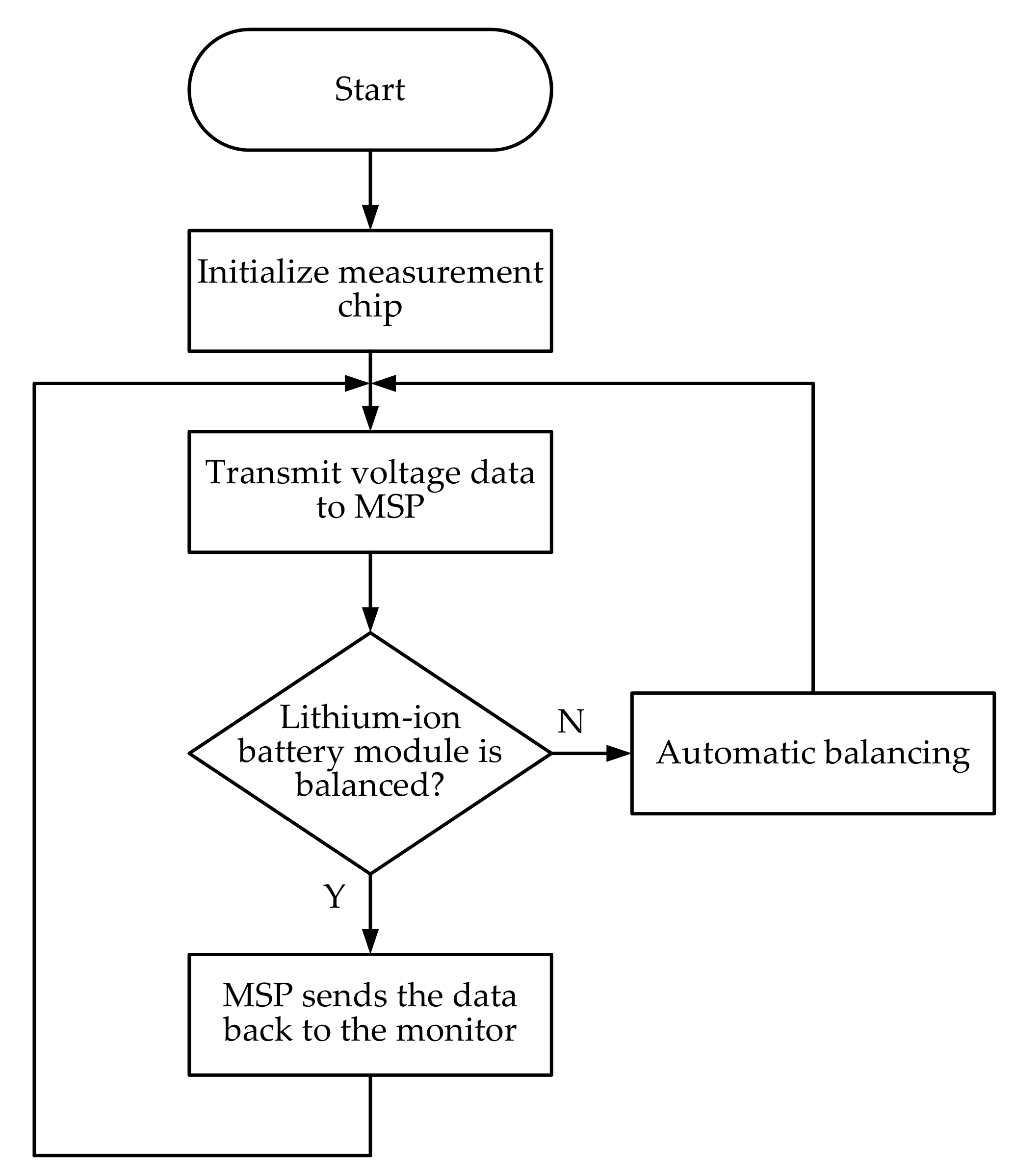Battery Management System Circuit Diagram
BlogBattery Management System Circuit Diagram connecting the battery system to the power source and load. Simscape Electrical, an add-on product for Simulink, provides complete libraries of the active and passive electrical components needed to assemble a complete battery system circuit, such as the analog front end for cell balancing. The charging source can consist of a DC supply, such BMS (Battery Management System) is a comprehensive system that includes monitoring, control, and protection functions for battery packs, while a battery protection board typically refers to a simpler circuit that provides basic protection functions such as overcharge and over-discharge protection for individual cells or small battery packs.

A comprehensive Battery Management System (BMS) design comprises various core components that work together to manage and monitor the battery. This section delves into the function of the Analog Front-End (AFE) in BMS design , the role of the Microcontroller (MCU) , and the importance of the Fuel Gauge in battery management.

Understanding the Circuit Diagram of a Battery Management System
This is where a Battery Management System (BMS) becomes crucial. A well-designed BMS circuit can prevent overcharging, over-discharging, and short circuits, while also balancing individual cells in a battery pack. ensuring that the charging process is safe and consistent for the entire battery pack. Circuit Design for 3S Configuration 1.

When designing a BMS, it is important to consider where the battery protection circuit-breakers are placed. Generally, these circuits are implemented with N-channel MOSFETs since they have a lower ARTICLE - HOW TO DESIGN A BATTERY MANAGEMENT SYSTEM (BMS) Article #0082 Rev. 1.0 MonolithicPower.com 5 8/1/2022 MPS Proprietary Information

PDF Developing Battery Management Systems with Simulink and Model Circuit Diagram
Learn the high-level basics of what role battery management systems (BMSs) play in power design and what components are necessary for their basic functions. Nowadays, Li-ion batteries reign supreme, with energy densities up to 265 Wh/kg. Introduction A battery management system (BMS) is an electronic system that manages a rechargeable battery pack. Its main functions are to monitor the battery's state, calculate secondary data, report that data, control its environment, authenticate and balance the individual cells and protect the battery. A good BMS is crucial for extracting maximum performance from a […]
